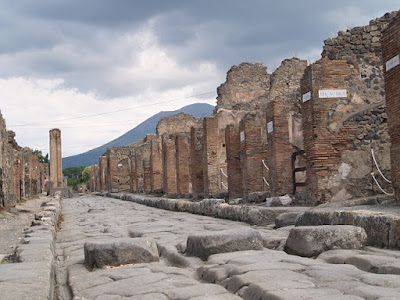 | Most tourists who visit Pompeii every year leave with nothing but memories. Some take away a little extra – pieces of Pompeii. Many of those who have slipped a piece of one the world’s most important archaeological sites into their pockets have come to regret it. Tourists who take relics from the ruined Roman town have been returning them to the site, claiming they are cursed. | 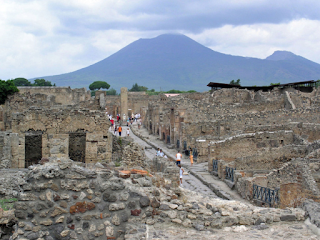 |
 | One man wrote from Latin America saying that he and his entire family had experienced “trauma after trauma” after he took a piece of stone from Pompeii. Massimo Osanna, Pompeii’s archaeological superintendent, said he had received up to a hundred packages from across the world in recent years containing items from the site, often with letters explaining the objects had brought bad luck. |  |
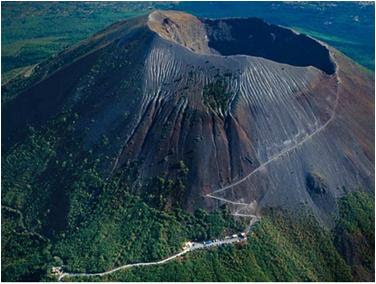 | The “curse of Pompeii” says the eruption of Mount Vesuvius in AD 79 was punishment of the gods after legionaries destroyed holy buildings. “At a certain point, people started believing in this story again,” said Osanna. “Even proper thieves have returned things to us.” |  |











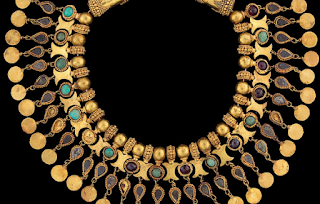























 This bronze was found in his tomb.
This bronze was found in his tomb.
 “The Medici Riccardi Horse” About 350 B.C. Italian Bronze and gold.
“The Medici Riccardi Horse” About 350 B.C. Italian Bronze and gold.



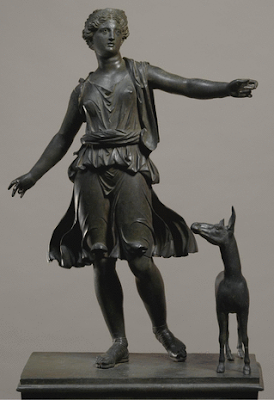



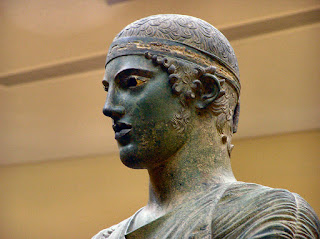
 Victorious Athlete, "Getty Bronze" 300-100 B.C.
Victorious Athlete, "Getty Bronze" 300-100 B.C.
